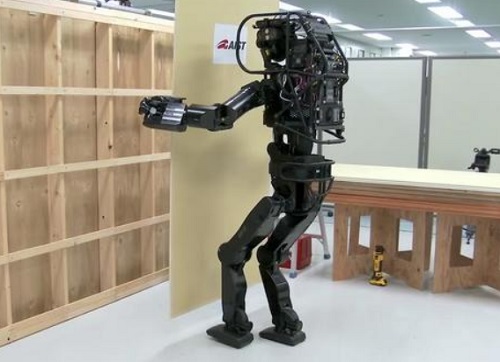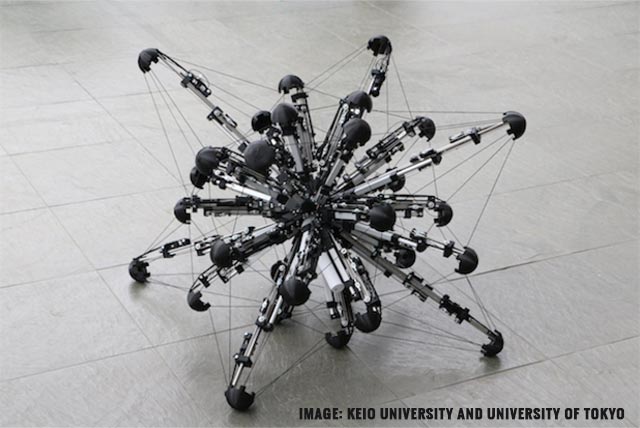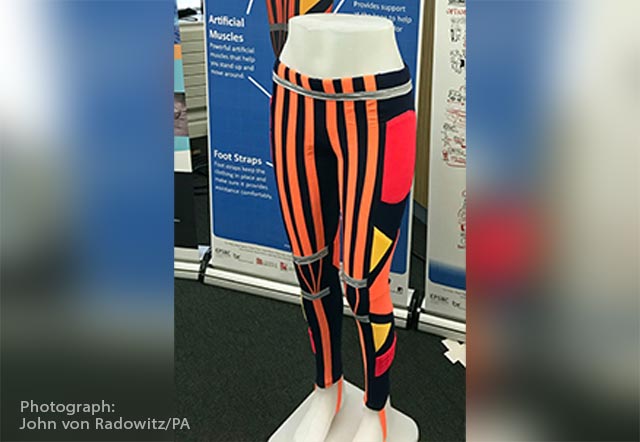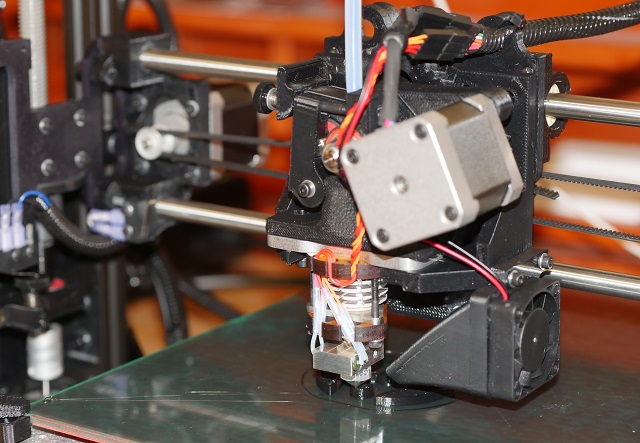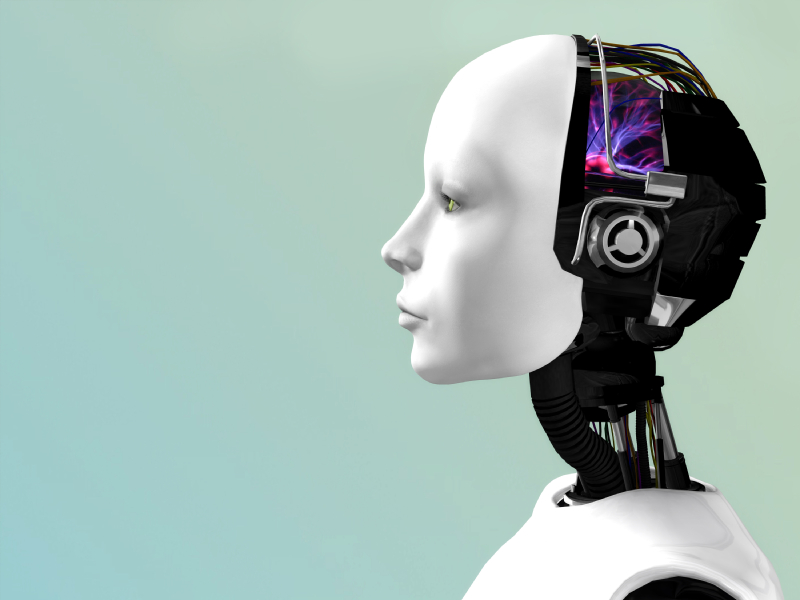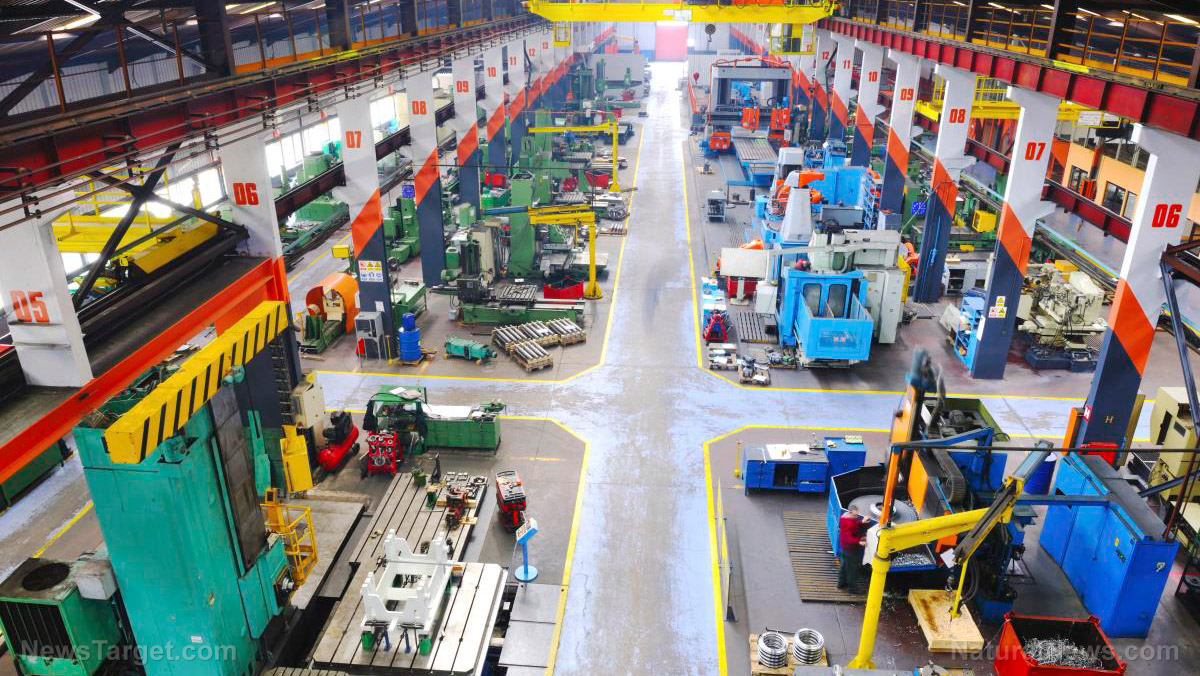Chinese startup creates a robot plant holder that adjusts to its host’s needs
10/13/2018 / By Edsel Cook
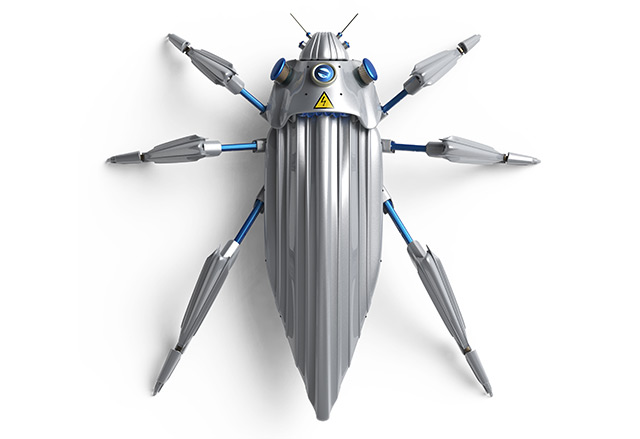
There are people who are absolutely terrible at taking care of ornamental houseplants. Give them a cactus or even a weed, and they will neglect to take care of it until it shrivels up and dies. So a Beijing-based startup modified its popular robot into a planter that will carry the plant to places with brighter light and get your attention by dancing.
The altered Hexa robot planter has room for a single succulent plant of medium size, such as a Christmas cactus or an aloe vera. Its six robotic legs are powered by multiple motors, allowing it to crawl across the surface of your table or floor like a robot insect.
It mounts infrared and high-definition cameras to serve as its eyes in different levels of light. The operating system uses Linux. It can also monitor the statistics of the houseplant.
Hexa is able to operate on its own. If in a dark place, it will bring its passenger to places with healthy amounts of sunlight for photosynthesis. It is able to rotate and turn its body so that its plant can soak in as much sunlight as possible.
While unable to water the plant itself, it will use its robot spider legs to stomp like a child, thereby getting your attention. But if it believes the plant is doing well, Hexa will instead break into a cute little jig to reward your efforts at preserving a little bit of greenery in your home. (Related: Former Google bigwig launches AI “church” that positions technology as GOD.)
Insect-like robot brings its passenger plant to sunlit areas
Robotics company Vincross came up with the concept of robot planters to increase human exposure to robots in the comfort of their own home. They modified an earlier six-legged robot design so that it could hold a plant.
Vincross head honcho Tianqi Sun related how a dead sunflower led him to create Hexa.
“In 2014, I went to see a sunflower exhibition, and found myself focused on a dead sunflower near a ground of blooms,” he wrote in a blog post. “I thought, if it could move a little bit, take a 30-feet walk out of the shadow to where the other sunflowers were, it would have lived healthily.”
Sun made an installation art piece, “Sharing Human Technology with Plants,” featuring a succulent plant that could walk on its own.
The concept of a plant that can move towards the light stuck with him. Sun began modifying the original Hexa robot to serve as a mobile mechanical planter.
He removed the protective shell of the robot. In its place, he installed a flowerpot with dual layers to keep the contents from leaking out.
“With a robotic rover base, plants can experience mobility and interaction,” Sun said. “I do hope that this project can bring some inspiration to the relationship between technology and natural default settings.”
An expensive robot to take care of your houseplants
The base Hexa is little more than a very expensive toy. Its insect-like legs allow it to cross most terrain. It comes in both wired and wireless versions, and the base model has a battery life of 45 minutes.
The company’s website stated that Hexa will observe its surroundings through it optical and spatial sensors. Over time, the robot will learn from its experiences and perform its simple job with greater efficiency.
Aside from making sure your houseplant doesn’t starve or die of thirst, Hexa can also be programmed to perform other simple tasks.
Robotics.news has more articles about the use of robots like Hexa to take care of plants and harvest crops.
Sources include:
Tagged Under: AI, artificial intelligence, autonomous robots, breakthrough, discoveries, houseplants, innovation, inventions, machine learning, mechanical planter, Plants, robot planter, robot takeover, robotics, robots
